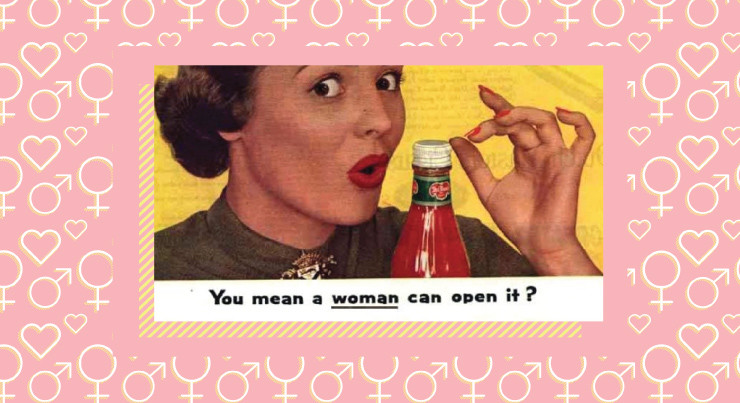At one of my first jobs out of school, I was tasked with writing copy for a Super Bowl-themed date night promotion. The first lines on my notepad were corny, mancentric throw-aways, such as "There's more than one way to score this weekend!" and similar snicker-spawning puns about "the game" and "winning."
I'm a woman. I read a lot of feminist discourse. I like to think of myself as enlightened and self-aware. I know about the wage gap. I know there are more CEOs named David than there are female CEOs. I get that stereotypes--subtle or not so subtle--are harmful. So why was the man's perspective the first to come to mind? I realized during my Super Bowl brainstorm that I would have to be more intentional about gender inclusivity--especially when trying to reach millennials who are particularly attuned to exclusionary language. It was too easy to fall into a hackneyed stereotype.
Here is my checklist to avoid sexism in advertising:
- Is the subject of the ad inherently gendered?
- Is there a good reason the chef, pilot, doctor, senator, child, or animal needs to be represented by one gender or another?
- What will most appeal to my target market? (And yes, sometimes you're trying to reach those ball-is-life bros: think bikini parties and beer commercials. But don't women drink beer too?)
- Does the platform’s audience skew toward one gender? For example, Instagram, Snapchat, and Facebook have a majority female demographic.
- Does the copy imply that girly things and activities are unsuitable for boys?
I'm all for taking a risk. It's easy to believe that ads that represent and speak to women will alienate male audiences. So what! You're invited to join me in paving the way for equality. Ask Mom: a little girl power can be mightier than the sword.
Category: Marketing
Tags: advertising, professional development
